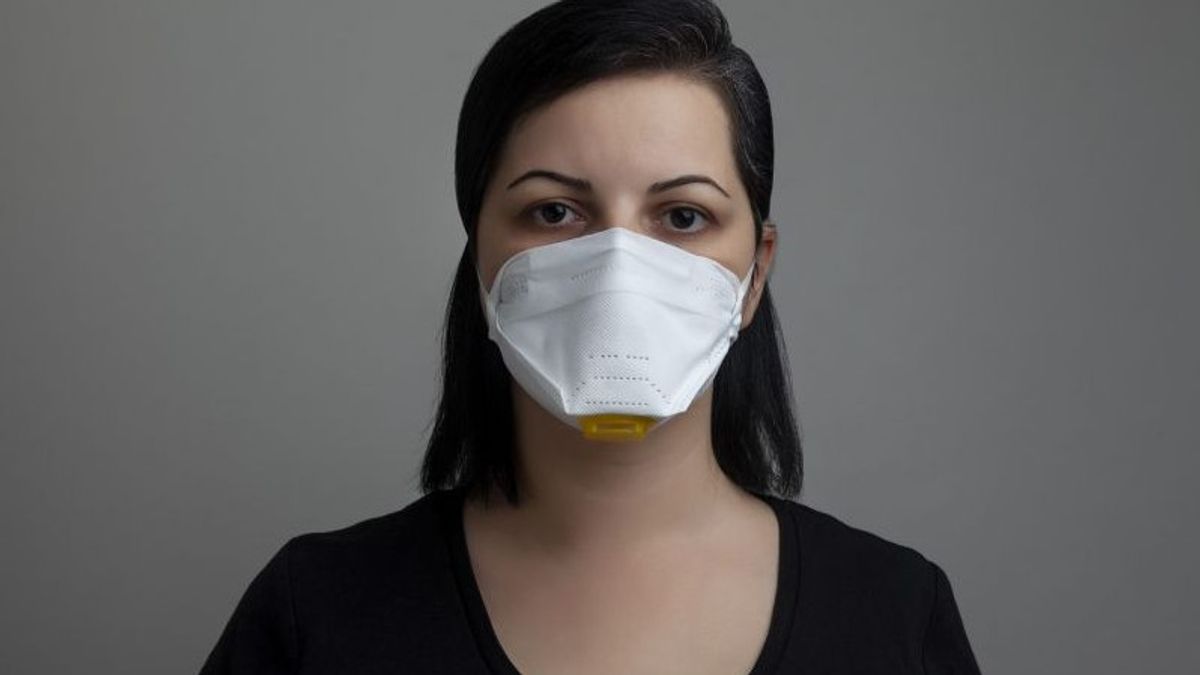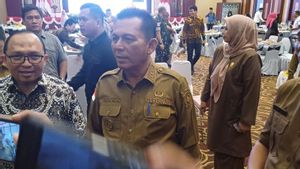JAKARTA - Chairman of the Indonesian Lung Doctors Association (PDPI), Dr. dr. Agus Dwi Susanto, SpP(K), FAPSR, FISR, suggests using a respirator that covers your mouth and nose to reduce your risk of exposure to air pollution.
“The best respirator, can be worn on the face covering the mouth and nose to reduce the risk of exposure. The procedure is used correctly," he said in an online media discussion entitled "Increase Your Personal Protection by Using Respiratory Protective Equipment", Friday, as reported by Antara.
Of the two types of respirators, the one that acts as an air purifier is the simplest type. One of these respirators is N95 which has a filtration capability of the main components of air pollution, especially particulate matter (PM) 2.5 equal to or more than 95 percent.
This ability is better than cloth or surgical masks that cannot filter the air optimally. Studies in Korea show that when used properly, respirators have better qualifications than surgical masks or handkerchiefs.
Agus does not recommend the use of respirators in children because this age group tends not to have lung physiology capabilities like adults. On the other hand, respirators tend to be uncomfortable and are not currently available specifically for children.
Children, including those under the age of 10, currently, as advised by the World Health Organization (WHO), prioritize wearing simple masks that fit their faces.
“Especially children under 10 years old are not advised to wear N95 masks or respirators. There is no respirator for children because of uncomfortable factors, lung physiology capabilities are not like adults. It's better to wear a regular mask," said Agus, who practices at the Friendship National Respiratory Referral Hospital and the Department of Pulmonology and Respiratory Medicine, FKUI.
SEE ALSO:
Health experts on the commemoration of World Lung Day 2021 have warned of the dangers of air pollution which can have an acute and long impact on lung and respiratory health.
Acute effects include mucosal irritation characterized by red eyes, runny nose, and sneezing, and irritation of the upper and lower respiratory tract with signs of inflammation, sore throat, cough, and the appearance of phlegm.
Air pollution is also associated with an increase in acute respiratory infections (ARI), asthma attacks, chronic obstructive pulmonary disease (COPD), and hospital visits for respiratory problems. In the long term, conditions that can occur include decreased lung function, reactions, allergies, lung cancer to death.
WHO data shows, about 7 million people die prematurely every year due to air pollution. Of this figure, as many as 21 percent had pneumonia, 20 percent had a stroke, 34 percent had coronary heart disease (CHD) and 7 percent had lung cancer.
"About 47 percent of air pollution is related to mortality in the lungs," said Agus.
The English, Chinese, Japanese, Arabic, and French versions are automatically generated by the AI. So there may still be inaccuracies in translating, please always see Indonesian as our main language. (system supported by DigitalSiber.id)













